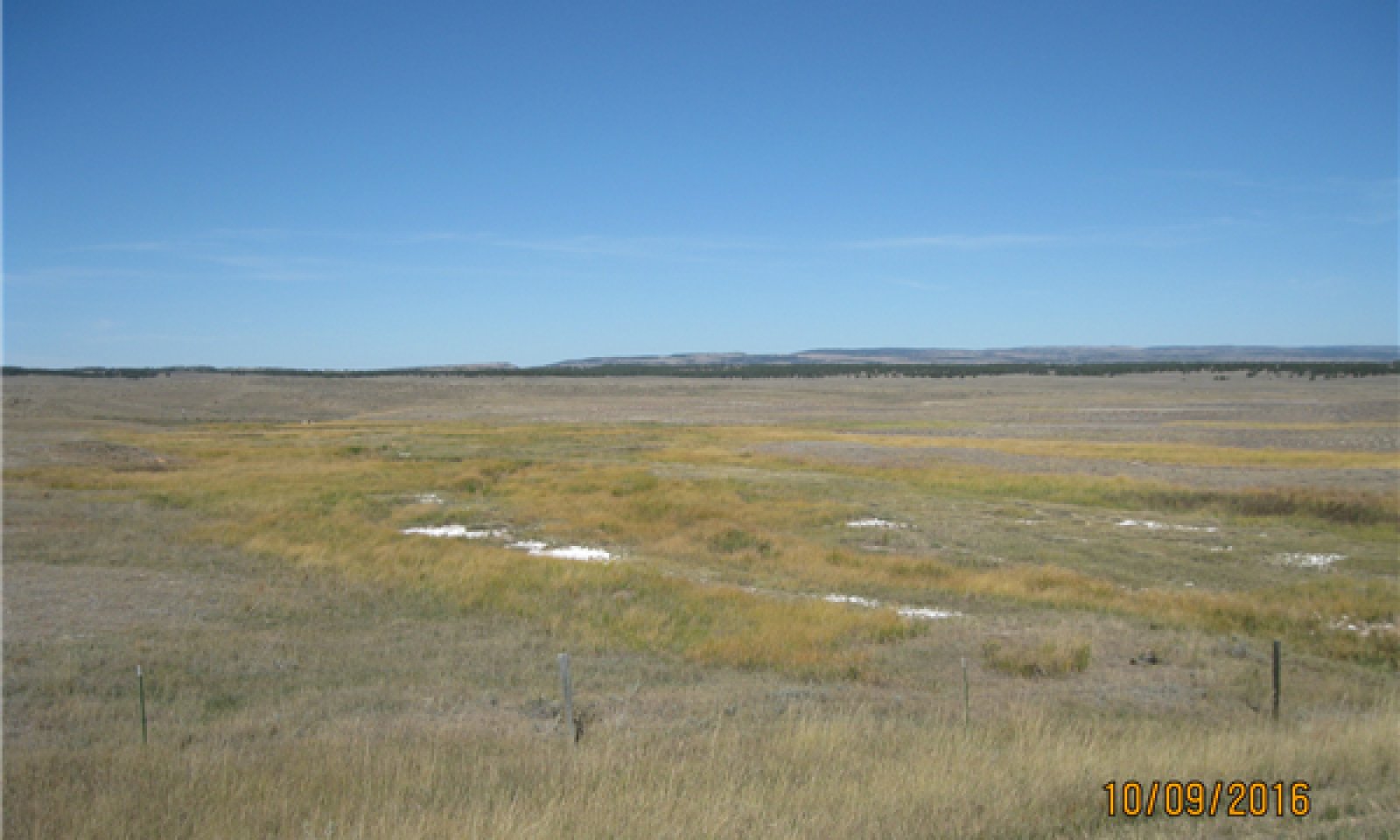
Saline Lowland
Scenario model
Current ecosystem state
Select a state
Management practices/drivers
Select a transition or restoration pathway
- Transition T1A More details
- Restoration pathway R2A More details
-
No transition or restoration pathway between the selected states has been described
Target ecosystem state
Select a state
Description
This State represents what is believed to show the natural range of variability that dominated the dynamics of the ecological site prior to European settlement. This site, in Reference, is dominated by salt-tolerant warm- and cool-season grasses, forbs, and shrubs. As grazing pressure and hoof action increases, the resulting soil compaction will cause salts to accumulate closer to the soil surface and inland saltgrass will increase. Greasewood and rubber rabbitbrush will also increase on the western side of the MLRA.
Submodel
Description
Heavy, long-term animal impacts have altered soil site stability, hydrologic function, and the biotic integrity of the site. Salt accumulation near or at the soil surface has reduced the vigor of many of the species present in the Reference State (1.0). This State is resistant to change and a restoration pathway may not be feasible.
Submodel
Mechanism
Heavy, continuous, season-long grazing without adequate recovery time, heavy disturbance, drought, and soil compaction will transition this State (1.0) to the Disturbed State (2.0).
Mechanism
Under long-term prescribed grazing, possibly including extended rest (non-use) periods and avoiding grazing when hoof action would contribute to additional soil compaction and sedimentation, this plant community could return to the Inland Saltgrass-Rhizomatous Wheatgrass Plant Community (1.2). Depending on the severity of compaction, sedimentation, and if adequate perennial plants exist, this change could take an extended period of time and may not meet management goals. A return to normal precipitation patterns following drought will accelerate recovery.
Model keys
Briefcase
Add ecological sites and Major Land Resource Areas to your briefcase by clicking on the briefcase (![]() ) icon wherever it occurs. Drag and drop items to reorder. Cookies are used to store briefcase items between browsing sessions. Because of this, the number of items that can be added to your briefcase is limited, and briefcase items added on one device and browser cannot be accessed from another device or browser. Users who do not wish to place cookies on their devices should not use the briefcase tool. Briefcase cookies serve no other purpose than described here and are deleted whenever browsing history is cleared.
) icon wherever it occurs. Drag and drop items to reorder. Cookies are used to store briefcase items between browsing sessions. Because of this, the number of items that can be added to your briefcase is limited, and briefcase items added on one device and browser cannot be accessed from another device or browser. Users who do not wish to place cookies on their devices should not use the briefcase tool. Briefcase cookies serve no other purpose than described here and are deleted whenever browsing history is cleared.
Ecological sites
Major Land Resource Areas
The Ecosystem Dynamics Interpretive Tool is an information system framework developed by the USDA-ARS Jornada Experimental Range, USDA Natural Resources Conservation Service, and New Mexico State University.
